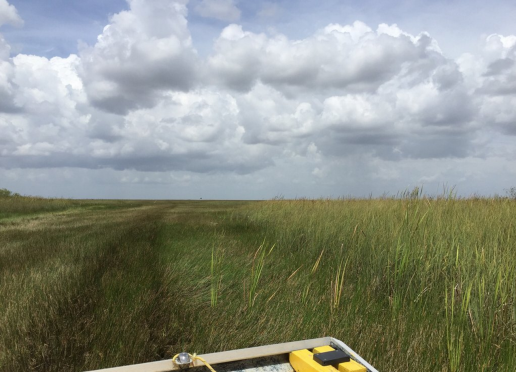Everglades Habitats: The Sawgrass Marsh
Large areas of the Florida Everglades are covered by freshwater marshes. These flooded habitats have different categories, but the most common one is the sawgrass marsh. What is the importance of this habitat, and what is this abundant plant it’s named for?
What is Sawgrass?
Sawgrass is a slim, tall plant that can grow to over 9 feet high! It’s commonly found in wetlands and along riverbanks in the southern United States. The sawgrass marsh is the habitat that inspired the Everglades’ nickname and title of Marjory Stoneman Douglas’ famous book, “Everglades: River of Grass”.
Despite its name, this Everglades plant is actually a species of sedge, not a grass. But sawgrass is also named for the fine, sharp points that run along its edges. These teeth can cut a person on contact. At Mack’s Fish Camp, we make sure that no one makes contact with it while on an airboat tour.
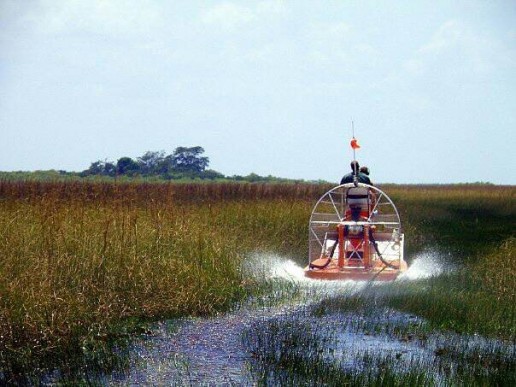
Sawgrass and Everglades Ecology
Sawgrass may not be so kind to human touch, but it’s very good to the environment of the Florida Everglades. In the winter months, migratory bird species eat the seeds produced by the sawgrass. Other bird species and even alligators use this tall, sharp sedge as protection by nesting in the sawgrass marsh.
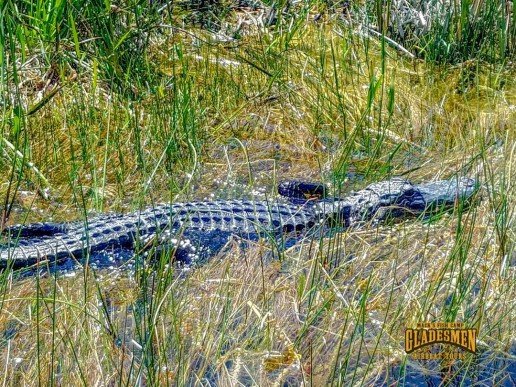
The sawgrass marsh is flooded for much of the year, which can help produce taller and thicker sawgrass. If its growth becomes too thick and dense, it can further slow the sheetflow of the Everglades. During the Everglades dry season, sawgrass can help fuel wildfires. The wet soil which roots the plant allows it to recover while also removing any invading plants or trees from the marsh.
Like much of the flora and fauna found in the Everglades, sawgrass is strong enough to thrive here and help the ecosystem at the same time. Although it’s best to avoid touching it, you can see the River of Grass up close on an Everglades airboat tour at Mack’s Fish Camp.
Islands on The River of Grass: Everglades Tree Islands
There is a common misconception that the Florida Everglades is just a giant, grassy swamp. It’s actually made of several different habitats, each full of distinct flora, including trees. When you visit the Everglades, you’ll notice many clusters of trees standing tall against the wet prairie and sawgrass marsh. These small hammocks are known as Everglades tree islands.
What Are Tree Islands?
Tree islands are small forests that sit on land just dry enough for them to take root. But, there’s more to it than that. Everglades tree islands are formed on land that is elevated just slightly, in some cases only by inches!
They can be made of tropical hardwood trees, ferns, cypress, and other topical plant species. Before the Everglades were drained in the 1920’s, the freshwater sheetflow went around the tree islands. As a result, many of them have an elongated, teardrop shape, with the rounded end pointed toward the water flow.
A Shelter for Everglades Wildlife
Being the only spots of dry earth outside of the pine rocklands and hardwood hammocks, tree islands can act as a dry oasis for Everglades wildlife. Reptiles, birds, and mammals that feed in the wet prairie use them for shelter to rest or hide from predators.
Many birds, including the Everglades snail kite, nest on these islands. White tailed deer also frequent them, because if they spend too much time in water they can develop hoof rot, which can be fatal.
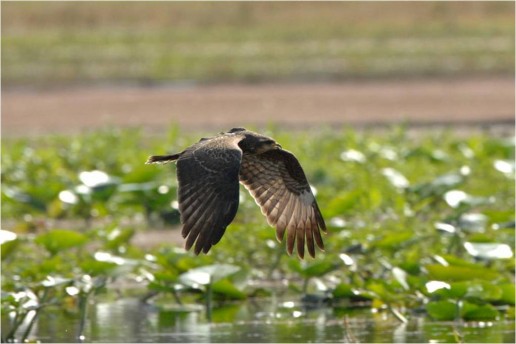
Where Did They Come From?
The ground that Everglades tree islands rest on was long-believed to be bedrock that slowly rose over time. It was recently revealed by a team of scientists that these spots were middens, garbage piles from centuries-old human settlements. The researchers found bones, shell tools, and charcoal, which would’ve helped create an elevated dry area where plants could grow.
The phosphates from the bones acted as fertilizer, and the roots reached further into the bedrock for water. This setup helped tree islands to not only form, but continue to thrive now!
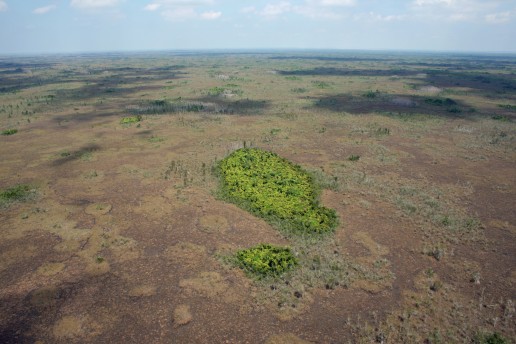
Everglades tree islands don’t just add an air of mystery to this ecosystem. They enhance its unique beauty as well as its elevation, and also provide homes to countless animals. Taking a private airboat tour at Mack’s Fish Camp can give you the chance to see them up close!

